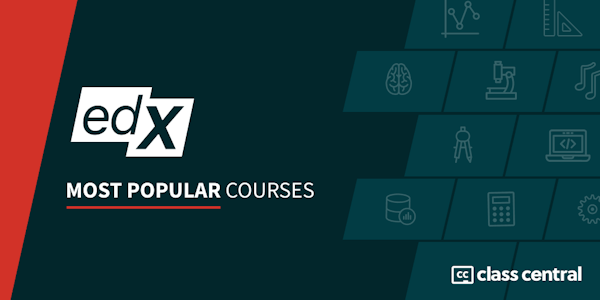Learn the core techniques of text analytics and natural language processing (NLP) while discovering the cognitive science that makes it possible in this certificate Text Analytics with Python. On the practical side, you’ll learn how to actually do an analysis in Python: creating pipelines for text classification and text similarity using machine learning. These pipelines are automated workflows that go all the way from data collection to visualization. On the scientific side, you’ll learn what it means to understand language computationally. Artificial intelligence and humans don’t view text documents in the same way. Sometimes deep learning sees patterns that are invisible to us. But often deep learning misses the obvious. We have to understand the limits of a computational approach to language together with the ethical requirements that guide how we choose what data to use and how we protect the privacy of individuals.
Along the way, you’ll explore real-world case studies using pandas, numpy, scikit-learn, tensorflow, matplotlib, seaborn, gensim, and spacy within jupyter notebooks to gain useful insights from unstructured data.



